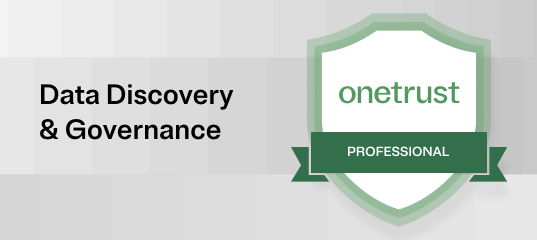GO THERE: Join us at TrustWeek 2024 to see where trust can take your business
-
Trust Intelligence Platform
-
-
Explore Our Clouds
-
OneTrust Community
-
TrustWeek
Join us for our annual conference and discover where trust can take your business
-
Connect Workshops
Connect globally, network locally
-
Company
-
Join our team
OneTrust is a certified Great Place to Work
-
Newsroom
Get the latest news, announcements, views, and more
On-demand webinar coming soon...
On-demand webinar coming soon...
404
Sorry, it looks like we could not find this page. Please contact us at support@onetrust.com if you continue to have issues.
Your partner in trust transformation
Top Searches
Privacy Matters
Our privacy center makes it easy to see how
we collect and use your information.
Your privacy
When we collect your personal information, we always inform you of your rights and make it easy for you to exercise them. Where possible, we also let you manage your preferences about how much information you choose to share with us, or our partners.
© {{CURRENT_DATE}} OneTrust, LLC. All Rights Reserved.
On-demand webinar coming soon...







